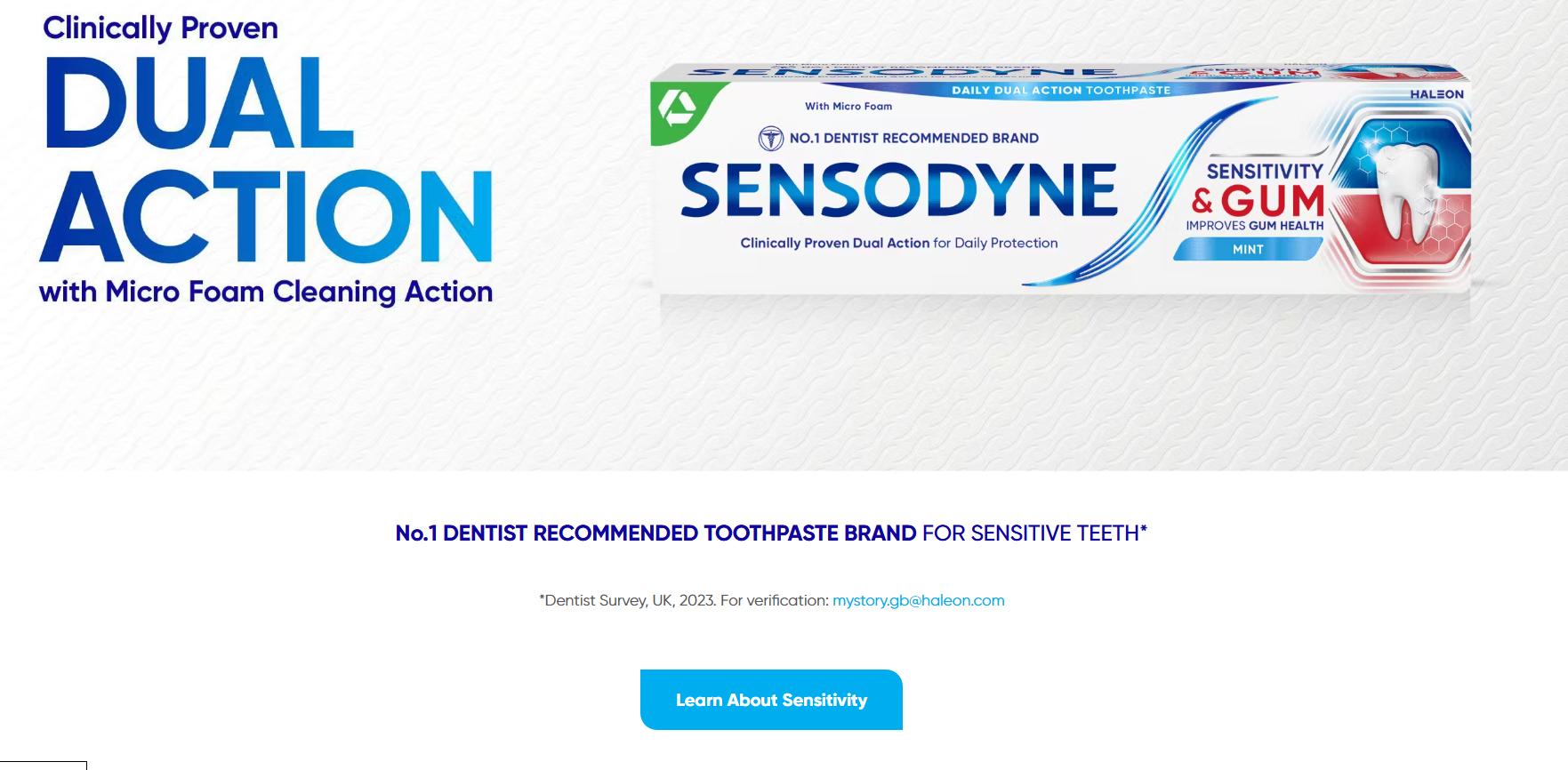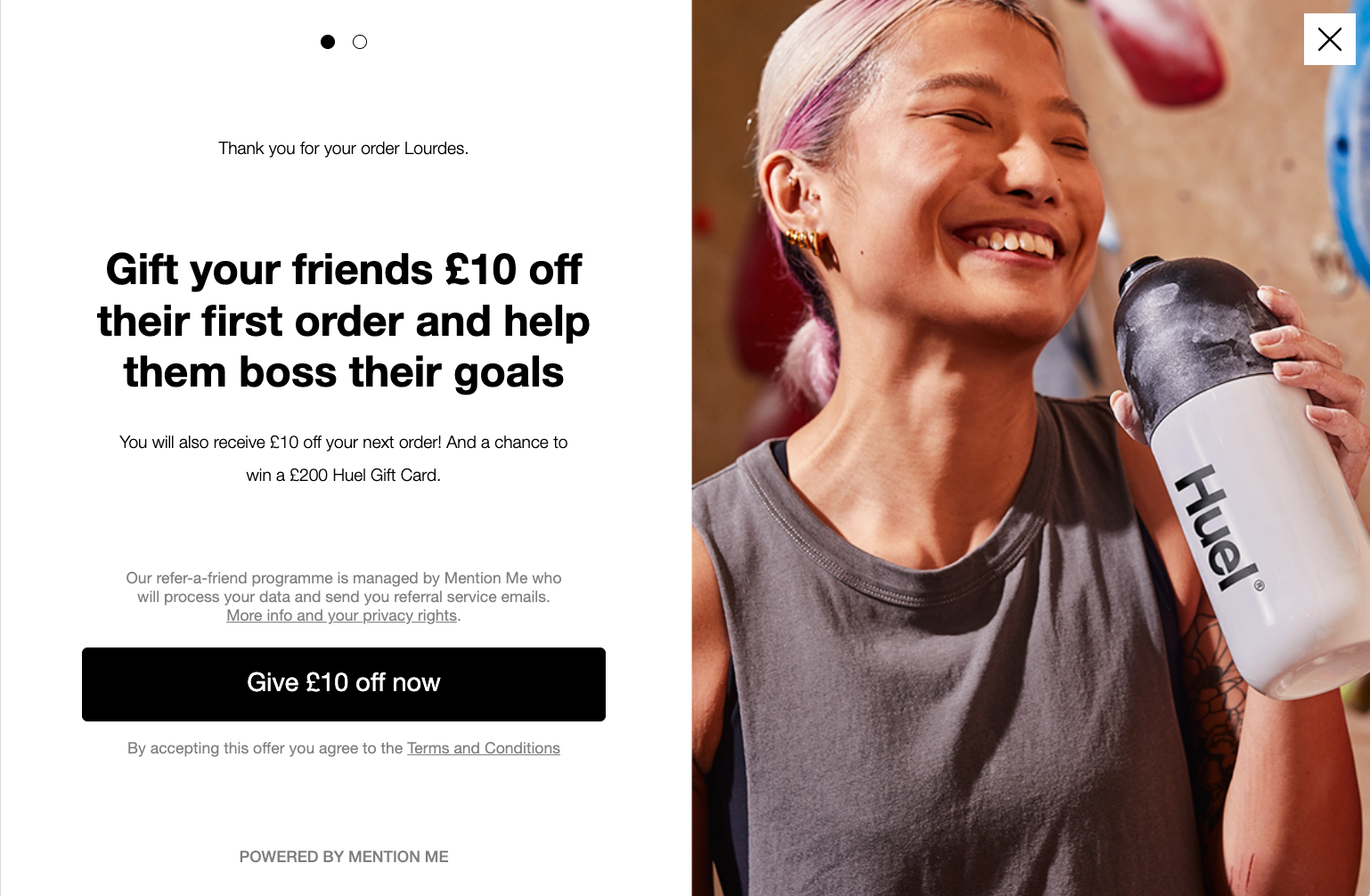How to Use Social Proof to Boost Your Brand
Social proof is one of those clever little psychological tricks that taps into our natural desire to fit in. As humans, we’re hardwired to follow the crowd—it’s how we’ve survived since the dawn of time.
At its core, social proof is about showing potential customers that other people like them are already enjoying your product. It builds trust, boosts credibility, and in turn drives sales.
Social proof doesn’t need the big budgets, it works for big brands, small brands, local or national.
Here are some of my favourite examples of social proof and how brands have executed these tactics.
1. Online Reviews
This one might seem obvious, but according to Trustmary, 93% of people read online reviews before making a purchase. It’s more powerful than ever but in an age of AI and dodgy bots, customers are rightly sceptical. So make it easy for them.
Use verified review badges to show your reviews are the real deal.
Encourage people to add photos or videos - Trustmary found that 62% of shoppers are more likely to buy if they see visual proof.
If you're in snacks, fast food, or beverages - those are some of the top categories where reviews influence purchases according to YouGov so make this a priority.
Don’t just rely on star ratings. Pull out juicy quotes, share them on social, and make them part of your in-store or on-pack messaging.
2. Certifications That Count
Badges matter. They instantly tell your customer, “This product has been vetted by professionals.”
Some certifications carry more weight than others depending on your audience, but all of them add instant credibility. Here are a few ideas:
B Corp
Fairtrade
Organic Soil Association
Vegan Society
3. Trusted Recommendations
We all love a stamp of approval.
“Recommended by Dentists” has been used by Sensodyne for years as a key part of their communications strategy. They have also made listings in dental practices core to their channel strategy, this professional social proof adds credibility and trust.
If a celebrity or well known personality has recommended your product, through paid for or organic social media, make sure you highlight it. Elavate Collagen use celebrity and influencer videos on their homepage to tell everyone how great their products are.
4. Show, Don’t Tell
Sometimes actions speak louder than words and the best forms of social proof are the ones that you can see.
Magners had to break through in a pub scene dominated by beer. Their on trade team worked with marketing to create an innovate serve - cider served in a pint glass with ice, instantly setting it apart. The intrigue and differentiation encouraged people to try it.
Hendrick’s Gin brought cucumber into the mix, creating a signature serve that stood out amongst tonic based drinks with the same lemon garnish. This combined with their quirky branding helped make their mark during the start of the craft gin movement.
Aperol Spritz became the summer drink of 2023. Once one person was spotted drinking a large orange cocktail, everyone wanted one. The cult like movement that has followed keeps Aperol on the drinks menus internationally as well as in the UK.
Electric cars couldn’t shout about zero emissions with sound (or lack of) alone, so working in conjunction with the government, electric cars adopted green license plate strips to create a visual cue. Suddenly everyone realised how many electric cars were on the road, breaking down barriers and encouraging more people to switch.
Dishoom built buzz by not taking bookings, seeing a long queue gave the kudos that the food must be good to wait that long. This queue became part of the experience and us Brits do love a queue!
5. Use the Stats (But Use Them Smartly)
You’ve seen it before “80% of women agree…” and it works, if it’s done right. Telling people that others are already doing the thing you want them to do is a powerful motivator. You can make these work harder by;
Making it local. Saying “78% of people in Leeds prefer…” feels way more relevant and persuasive than a generic national stat.
Narrow the field like this example from Costa “7 out of 10 coffee lovers prefer Costa.” These people know about coffee and they chose it, so must be good.
Using your sales data can be a great way to show how many people are buying your products - but make sure they are compelling e.g. No.1 brand, Best Seller.
But beware of negative social proof—you don’t want to highlight and validate the behaviour you’re trying to change e.g. “Most people forget to recycle…”.
6. Refer-a-Friend
Word of mouth is still one of the most powerful forms of marketing. Recommendations from friends and family are incredibly important as the shared values and bond increases the level of trust and reliability.
Wild Cosmetics launched their subscriptions with physical referral vouchers in the delivery boxes for friends and family. Easy to hand out during a time when natural deodorants were still in their infancy.
Digital Programs, such as Mention Me, help create personalised offers and incentives for existing and potential customers.
Final Thought
Social proof doesn’t have to mean big budgets or big names. It’s about showing your potential customers that people like them already trust, love, and use your brand.
Whether it’s a queue outside your door, a verified review, or a humble referral voucher tucked in a box, social proof is marketing magic that builds trust fast.
If you’re a scaling food or drink brand wondering how to put this into practice get in touch. Let’s make your brand the one everyone’s talking about (and buying).






